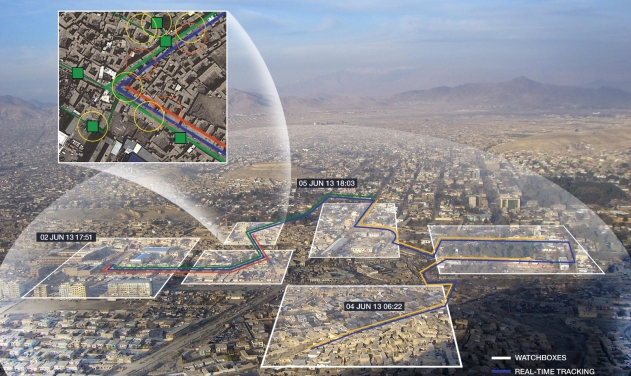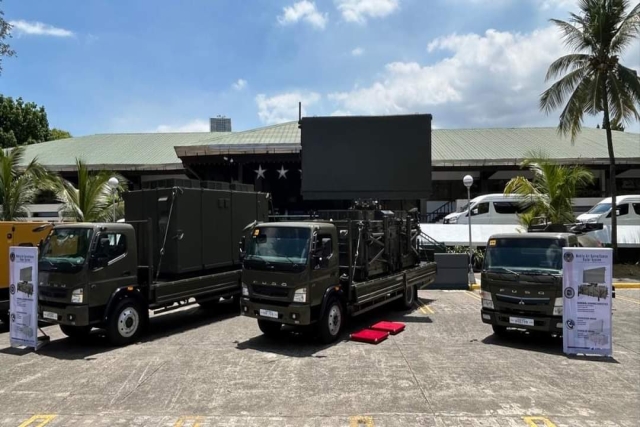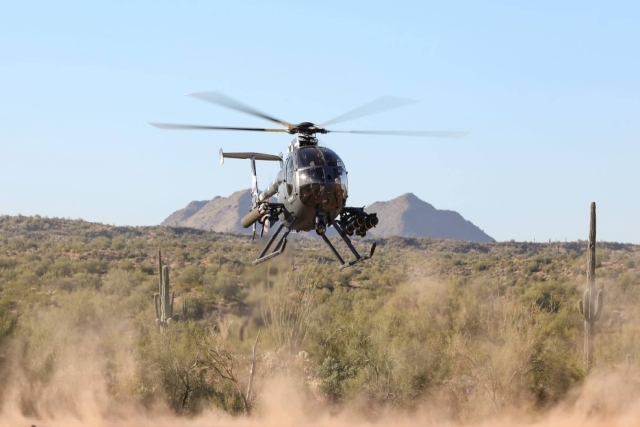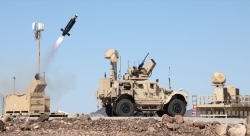Logos Wins Second Phase SBIR Contract from DARPA to Work on Hybrid-electric Motorcycle
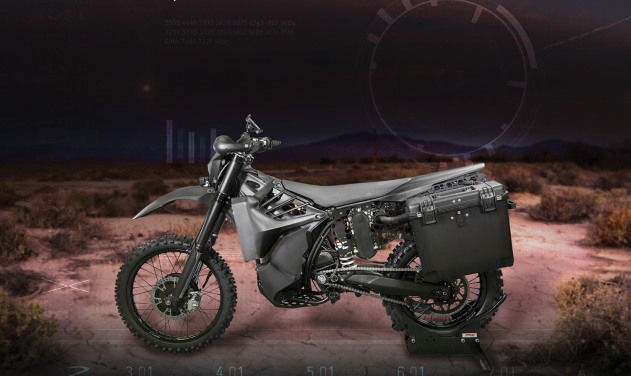
Logos Technologies has won a second Phase 2 Small Business Innovation Research (SBIR) contract from the Defense Advanced Research Projects Agency (DARPA) to continue work on the SilentHawk hybrid-electric motorcycle.
SilentHawk is an all-wheel drive, hybrid-electric motorcycle designed to transport troops over rough terrain and behind enemy lines with minimal noise to reduce chances of detection. The system combines the all-electric RedShift MX racing motorcycle, produced by Alta Motors, with a front-wheel drive system and multi-fuel genset range extender developed by Logos Technologies, the company said in a statement Friday.
“In ‘silent’ mode, when the range-extension genset is off, SilentHawk is about as loud as a normal office conversation,” said Dale Turner, SilentHawk program manager. “When the rider is out of harm’s way, and the range-extension system is engaged to charge the motorcycle’s propulsion battery and to provide auxiliary power for equipment, it’s still only as loud a vacuum cleaner.”
SilentHawk weighs 350 pounds, has a range of 170 miles and can run on multiple fuels, such as gasoline, JP-5, JP-8, Jet-A1, propane and AVGAS. Logos Technologies began initial work on the motorcycle under a Phase 1 SBIR contract in February 2014. Ten months later, the company was awarded Phase 2 funding, which led to the development of the current hybrid-electric prototype.
With the second Phase 2 award, Logos Technologies is now set to produce two new SilentHawk prototypes, An all-wheel drive model without the hybrid range-extender and an all-wheel drive model with user detachable hybrid range-extender.
The purpose of two prototypes is to expedite development of a field-ready system. Logos Technologies plans to use the model without the range-extender to optimize the motorcycle’s front-wheel drive system. That system would then be integrated with the modular range-extension system to create an operational prototype, ready for field evaluation.
“Our goal is an operational prototype with a modular architecture, which would enable the user to configure it with or without the range-extension system to meet specific mission requirements,” Turner said.
